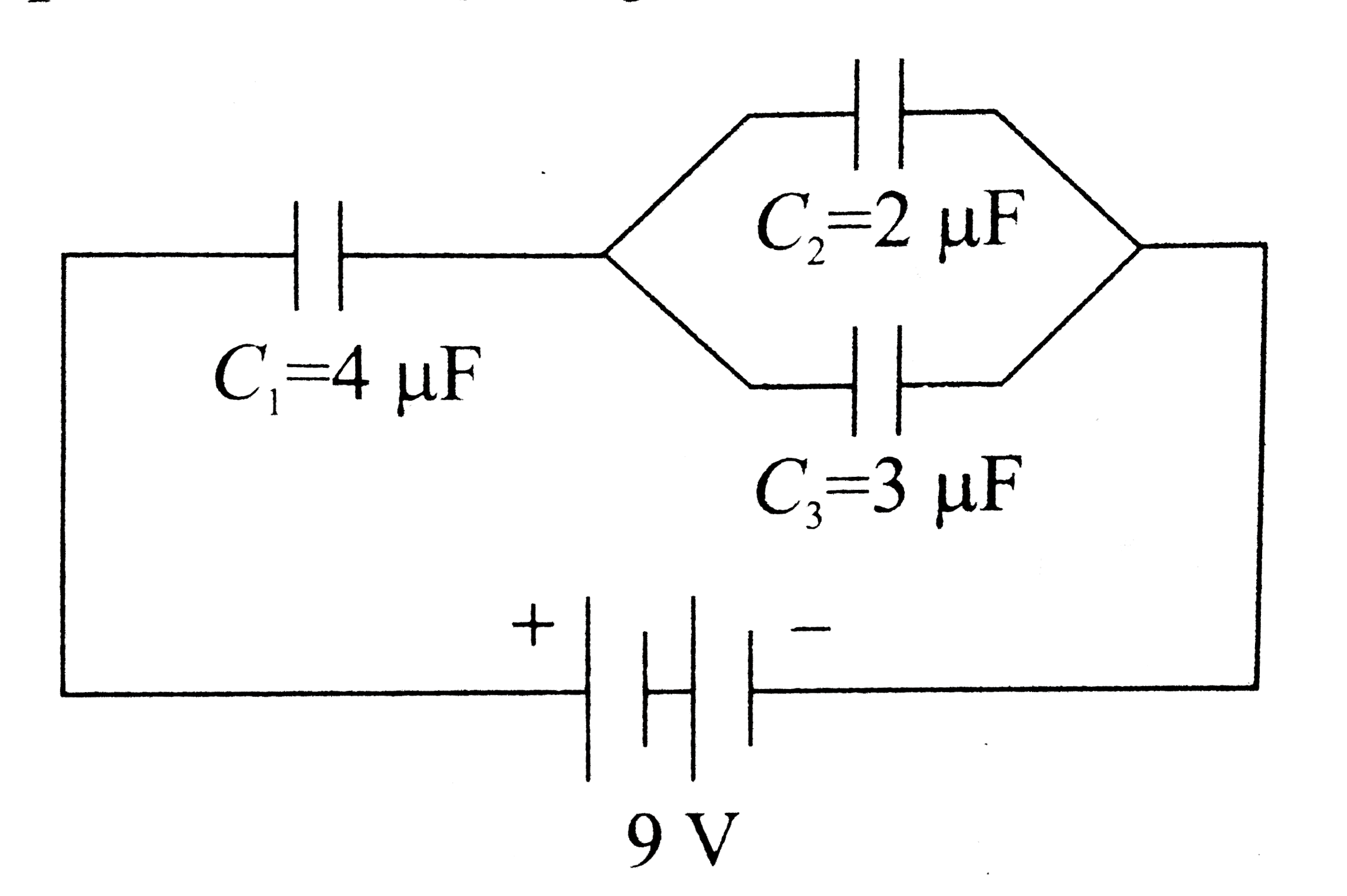If ( I ) C + O 2 → C O 2 , Q 1 ( I I ) C + 1 2 O 2 → C O , Q 2 ( I I I ) C O + 1 2 O 2 → C O 2 , Q 3 The heats of reaction Q 1 and Q 2 are − 12 , − 10 respectively. Then Q 3 =
A
−2
B
2
C
−22
D
−16
Text Solution
The correct Answer is:C
C+O2→CO2,Δ=q
C+1/2O2→CO,ΔH=−12 ....(i)
CO+1/2O2→CO2,ΔH=−10 ....(ii)
adding equation (i) and (ii) we can get
ΔH=−12+(−10)=−22.
|
Topper's Solved these Questions
- THERMODYNAMICS AND THERMOCHEMISTRY BOOK - ERRORLESS CHAPTER - THERMODYNAMICS AND THERMOCHEMISTRY EXERCISE - ORDINARY THINKING (Objective Questions) Bond energy
15 Videos
- THERMODYNAMICS AND THERMOCHEMISTRY BOOK - ERRORLESS CHAPTER - THERMODYNAMICS AND THERMOCHEMISTRY EXERCISE - ORDINARY THINKING (Objective Questions) Free energy and Work function
57 Videos
- THERMODYNAMICS AND THERMOCHEMISTRY BOOK - ERRORLESS CHAPTER - THERMODYNAMICS AND THERMOCHEMISTRY EXERCISE - ORDINARY THINKING (Objective Questions) First law of thermodynamics and Hess law
100 Videos
- SOME BASIC CONCEPTS OF CHEMISTRYBOOK - ERRORLESS CHAPTER - SOME BASIC CONCEPTS OF CHEMISTRYEXERCISE - JEE Section (Matrix Match type questions)
3 Videos
Similar Questions
Knowledge Check
If (I)C+O2→CO2, Q1
(II)C+12O2→CO, Q2
(III)CO+12O2→CO2, Q3
The heats of reaction Q1 and Q2 are −12, −10 respectively. Then Q3=A−2B2C−22D−16If ( I ) C + O 2 → C O 2 , Q 1 ( I I ) C + 1 2 O 2 → C O , Q 2 ( I I I ) C O + 1 2 O 2 → C O 2 , Q 3 The heats of reaction Q 1 and Q 2 are − 12 , − 10 respectively. Then Q 3 =
A−2B2C−22D−16In, the charges on C1,C2, and C3, are Q1,Q2, and Q3, respectively.
 .AQ2=8μCBQ3=12μCCQ1=20μCDQ2=12μC
.AQ2=8μCBQ3=12μCCQ1=20μCDQ2=12μC
Complete the following reactions:
(i) C2H4+O2→
(ii) 4Al+3O2→
View SolutionComplete the following reaction
(i). C2H4+O2→
(ii). 4Al+3O2→
View SolutionCH3CH2−O∣∣C−O−C2H2(i)DIBAL.H(1eq)−−−−−−−−−−−−→(ii)H3O+A+B A and B are respectively.
View SolutionThe ΔH value for reaction
C+12O2→CO and CO+12O2→CO2 are 100 and 200kJ respectively. The heat of reaction for C+O2→CO2 will be
View SolutionCH3CH2−O∣∣C−O−C2H2(i)DIBAL.H(1eq)−−−−−−−−−−−−→(ii)H3O+A+B A and B are respectively.
View Solution
